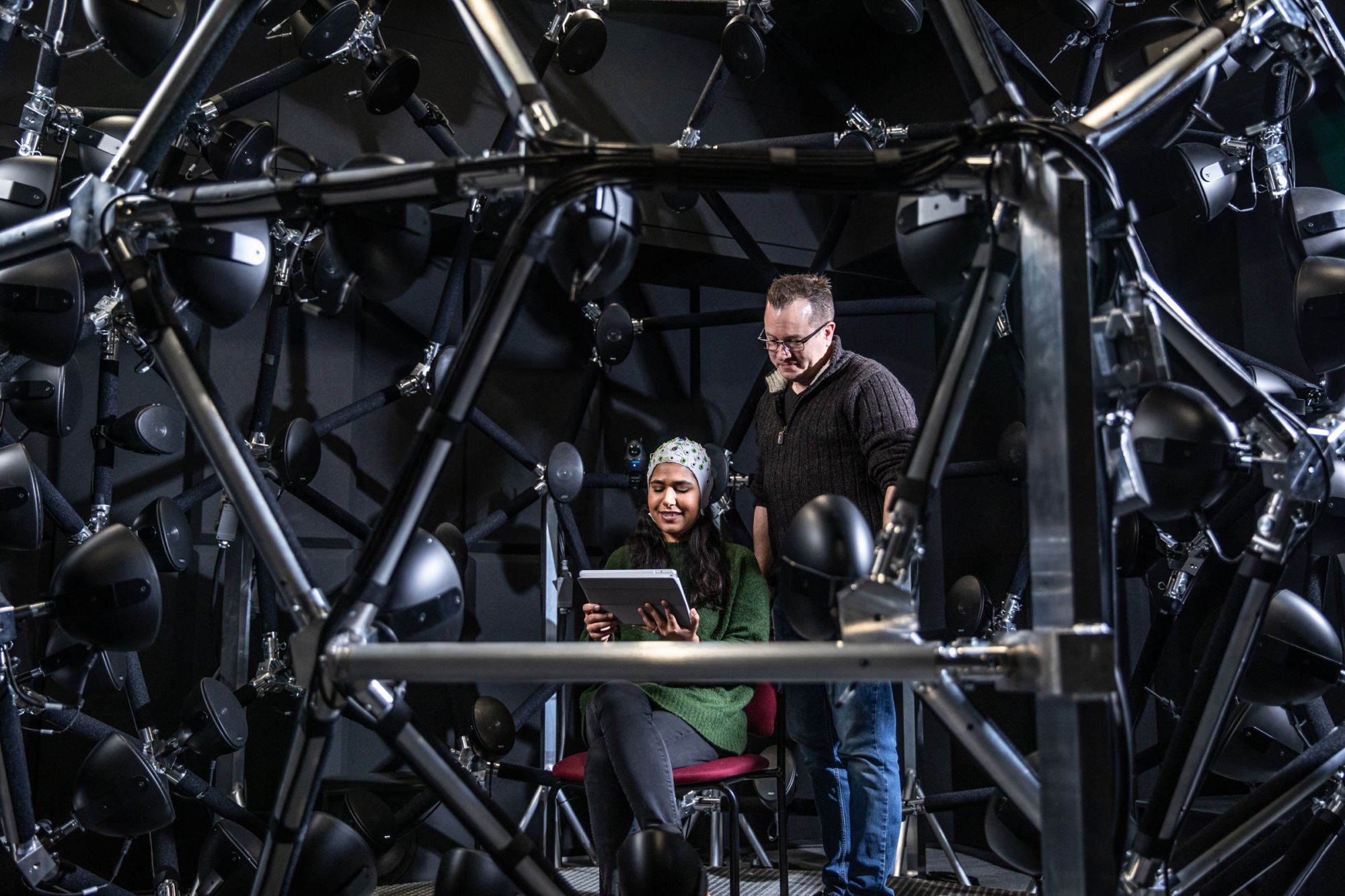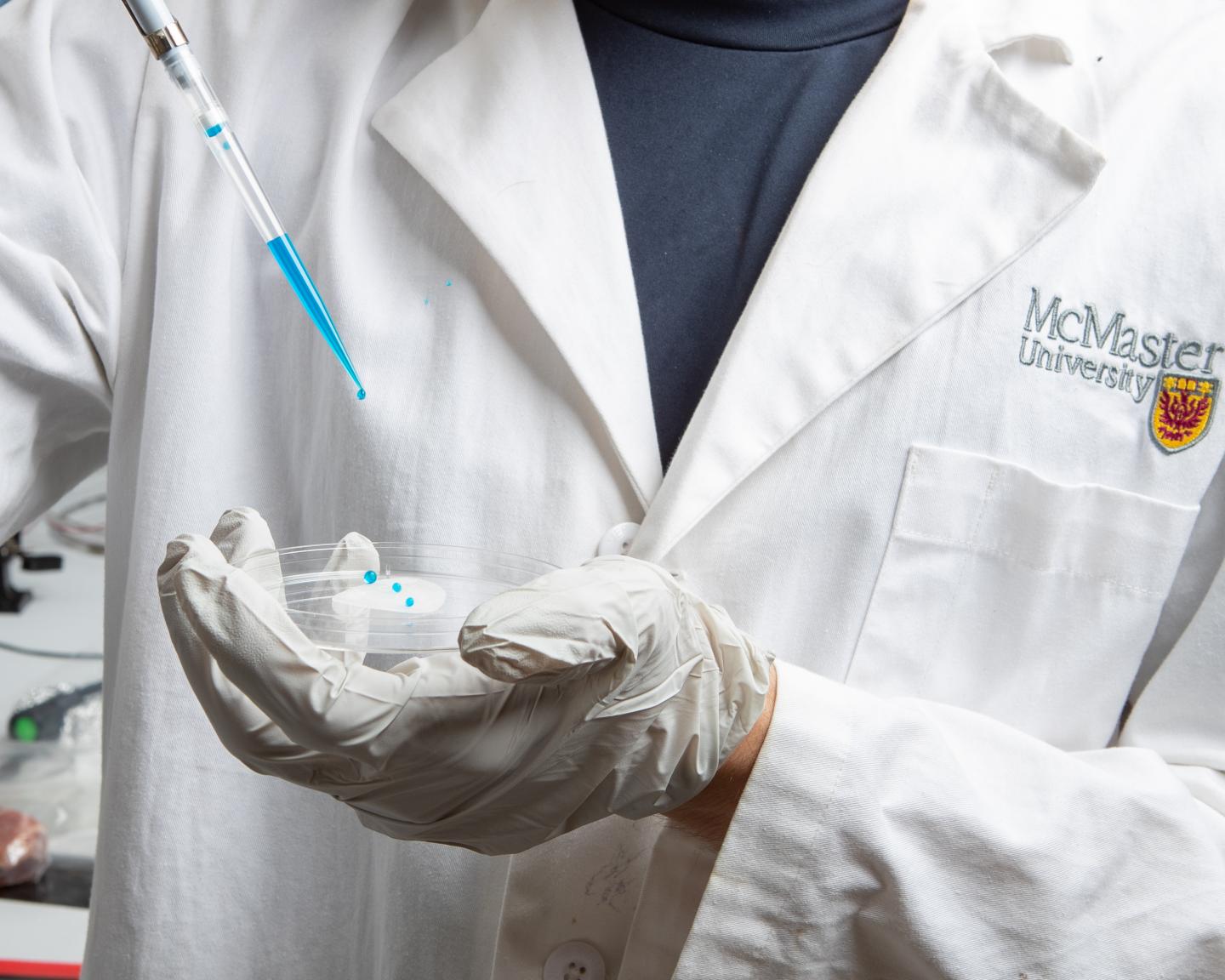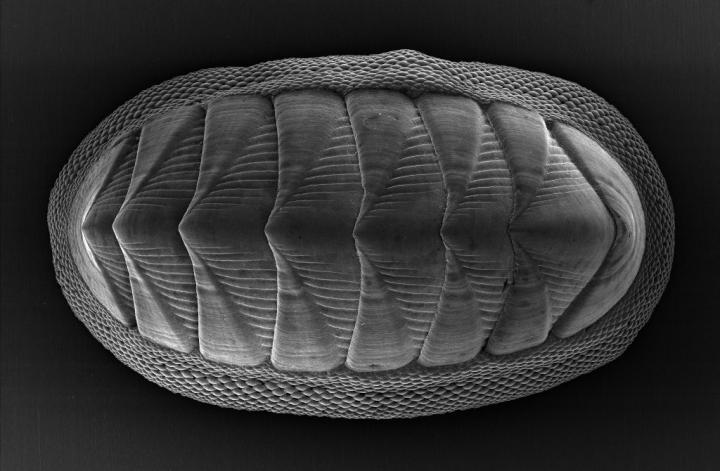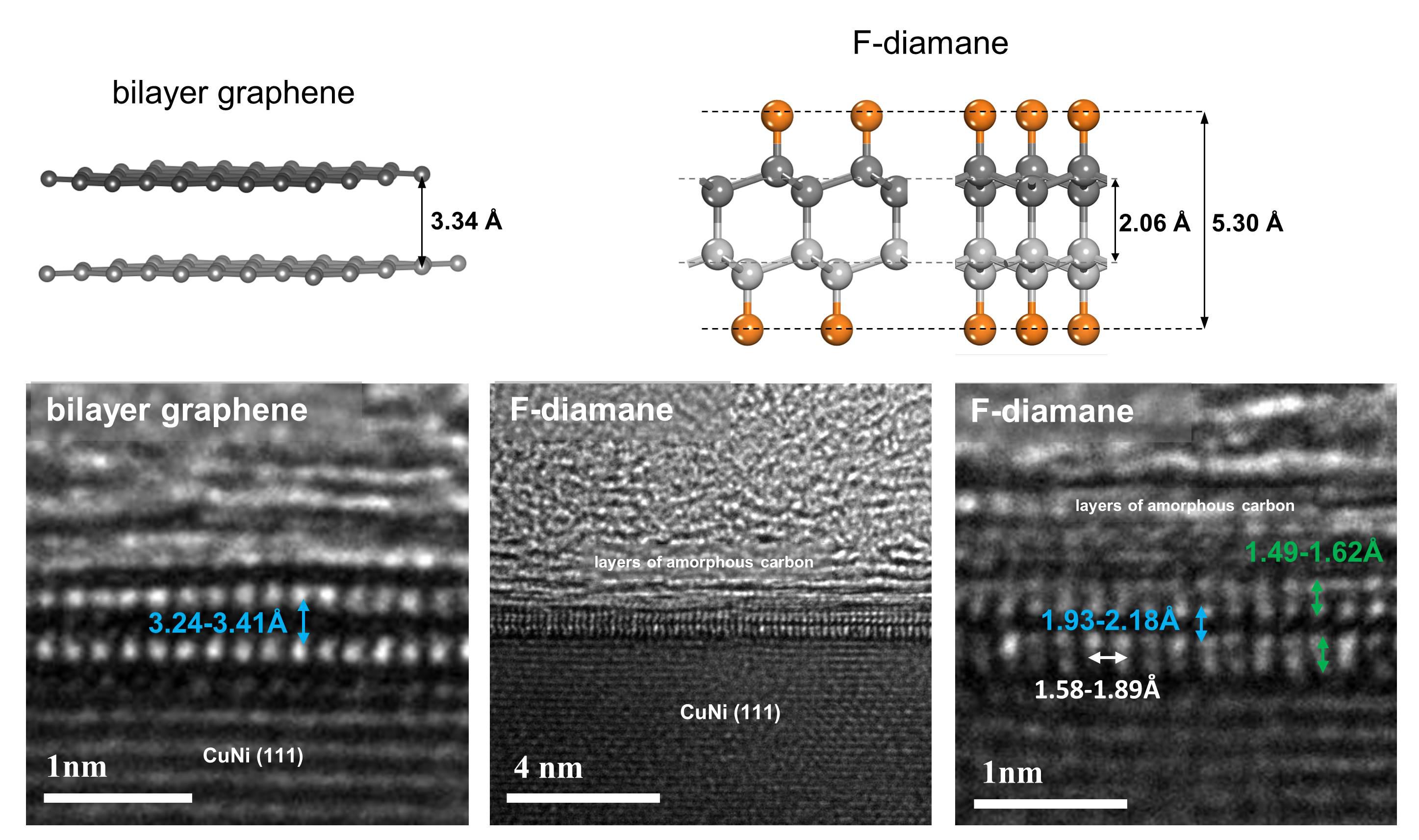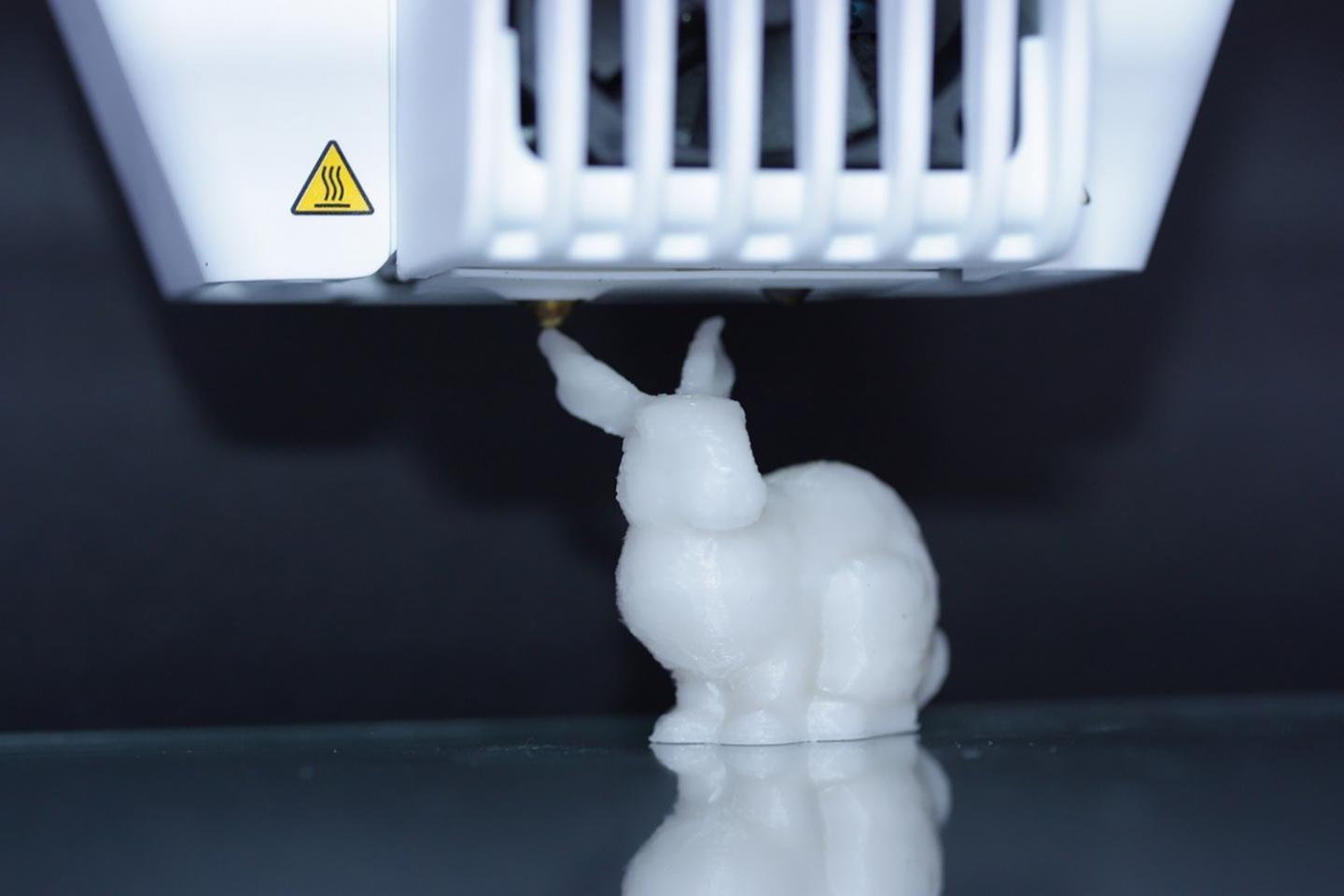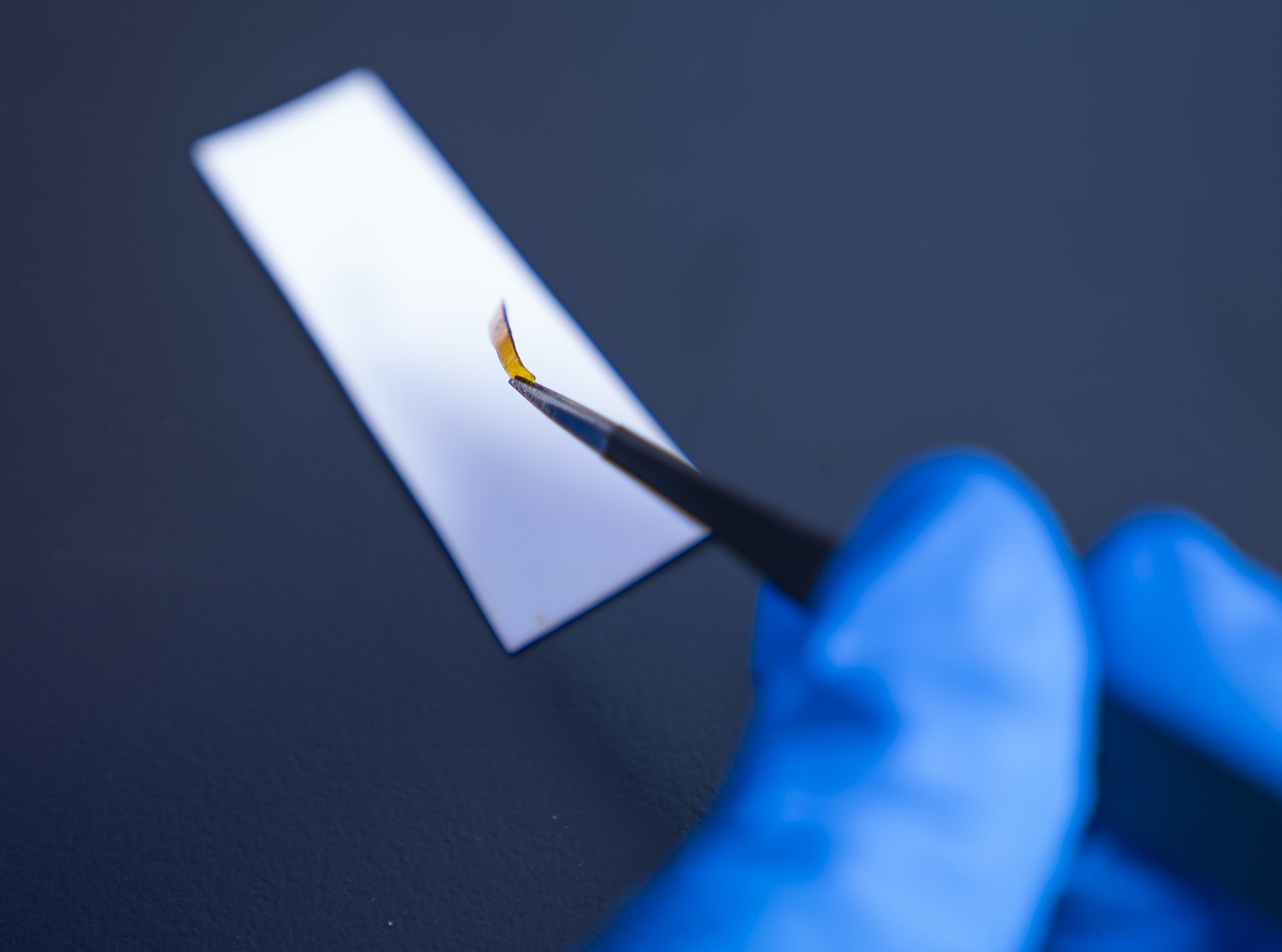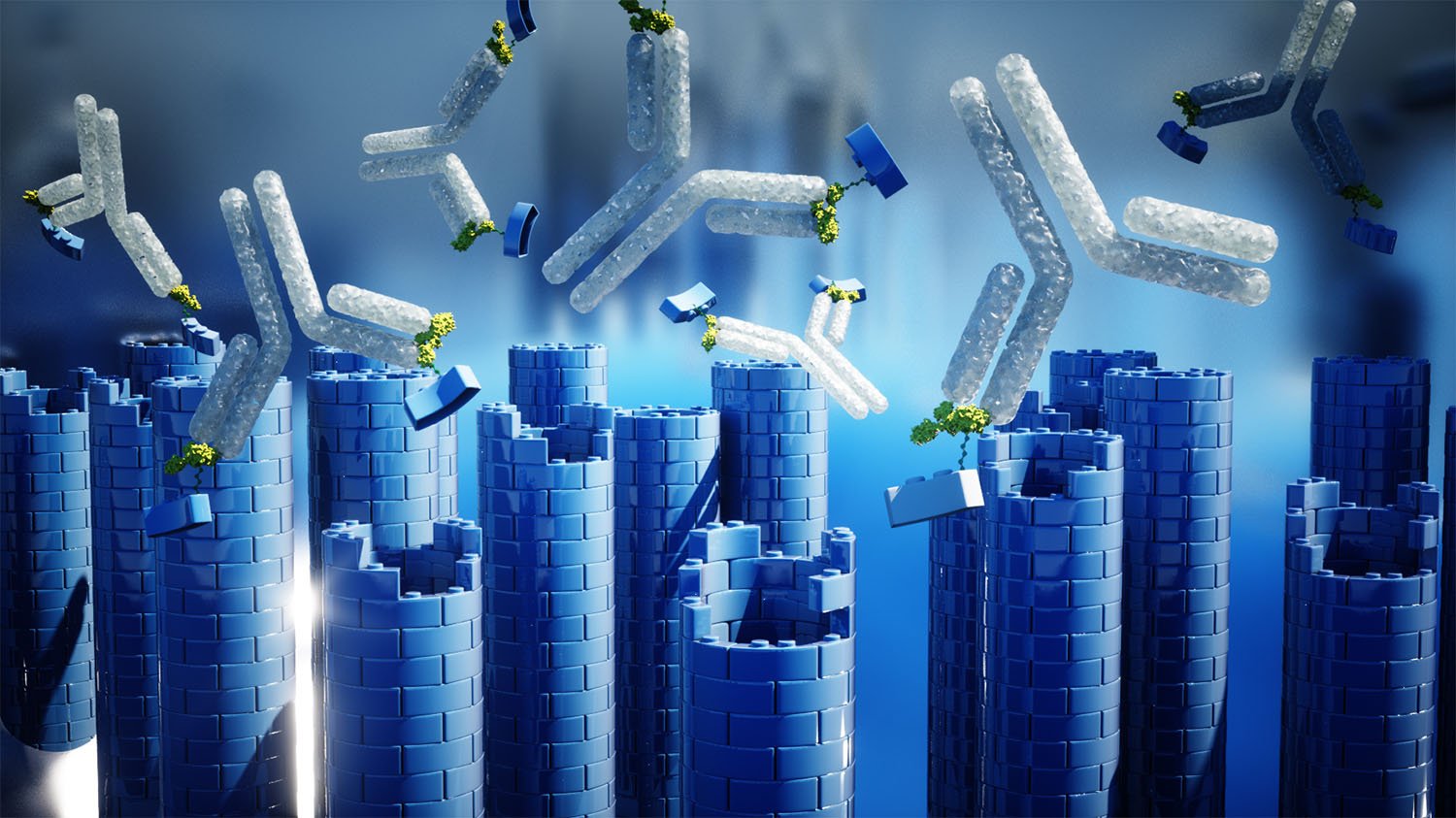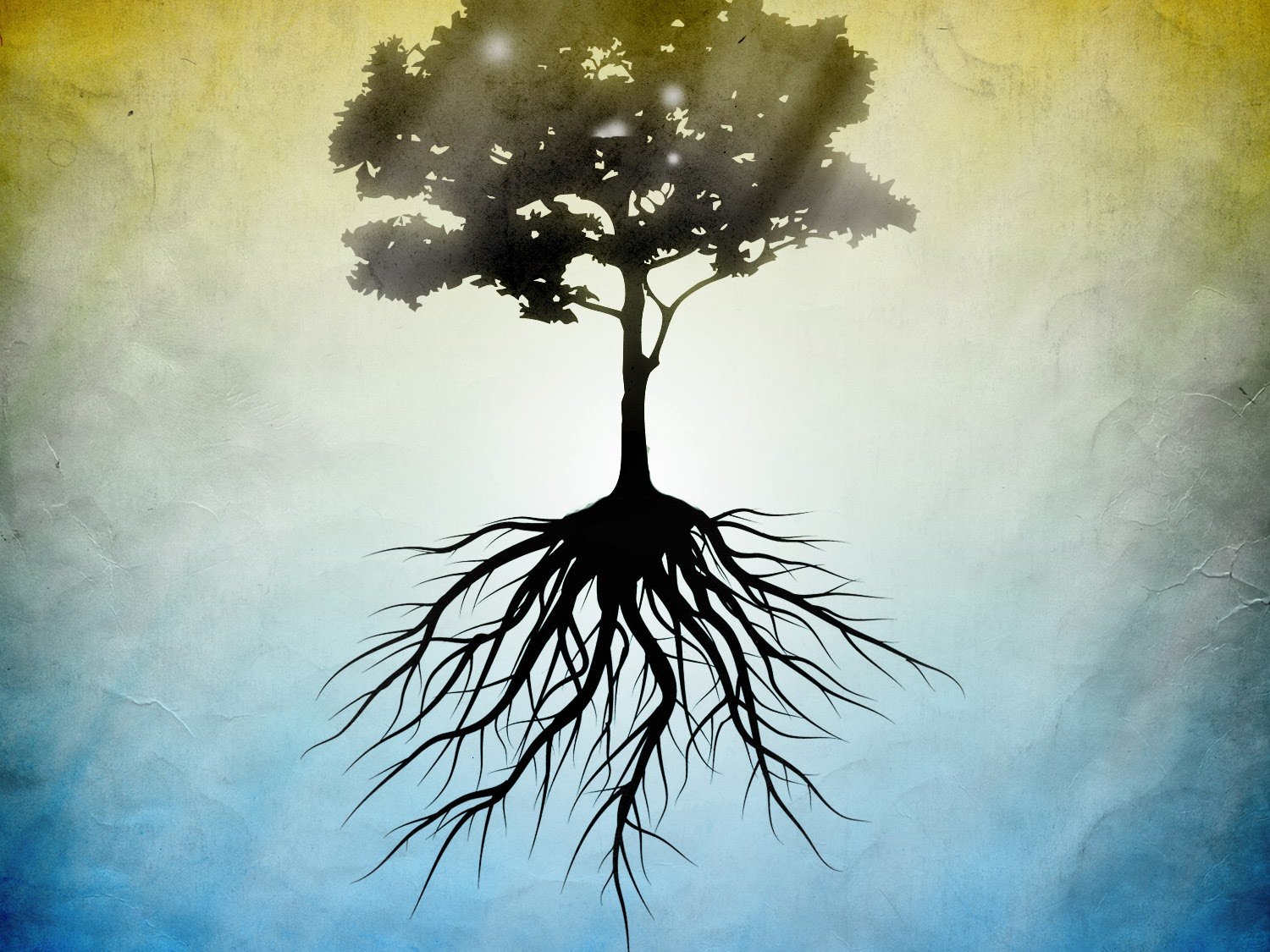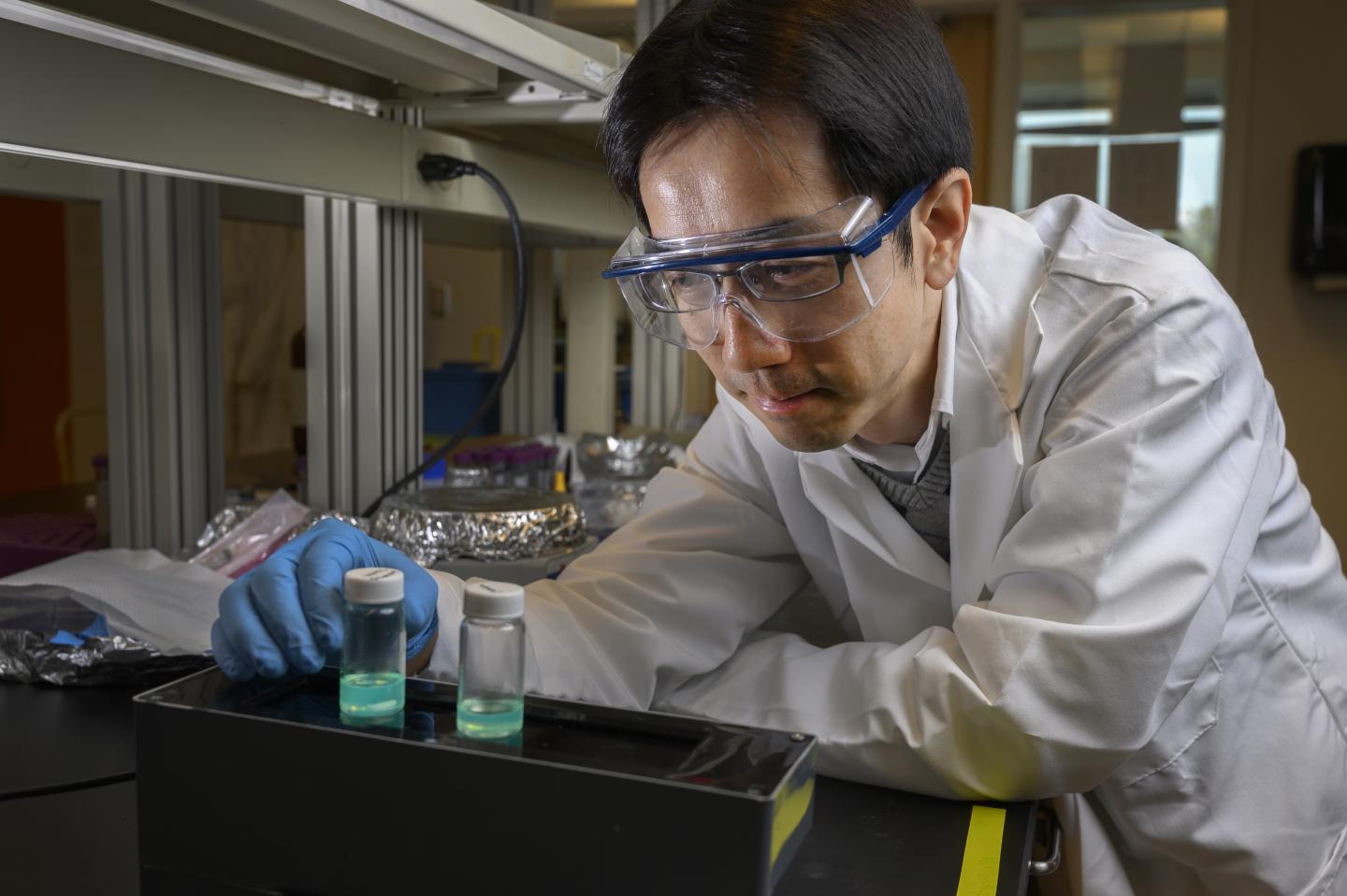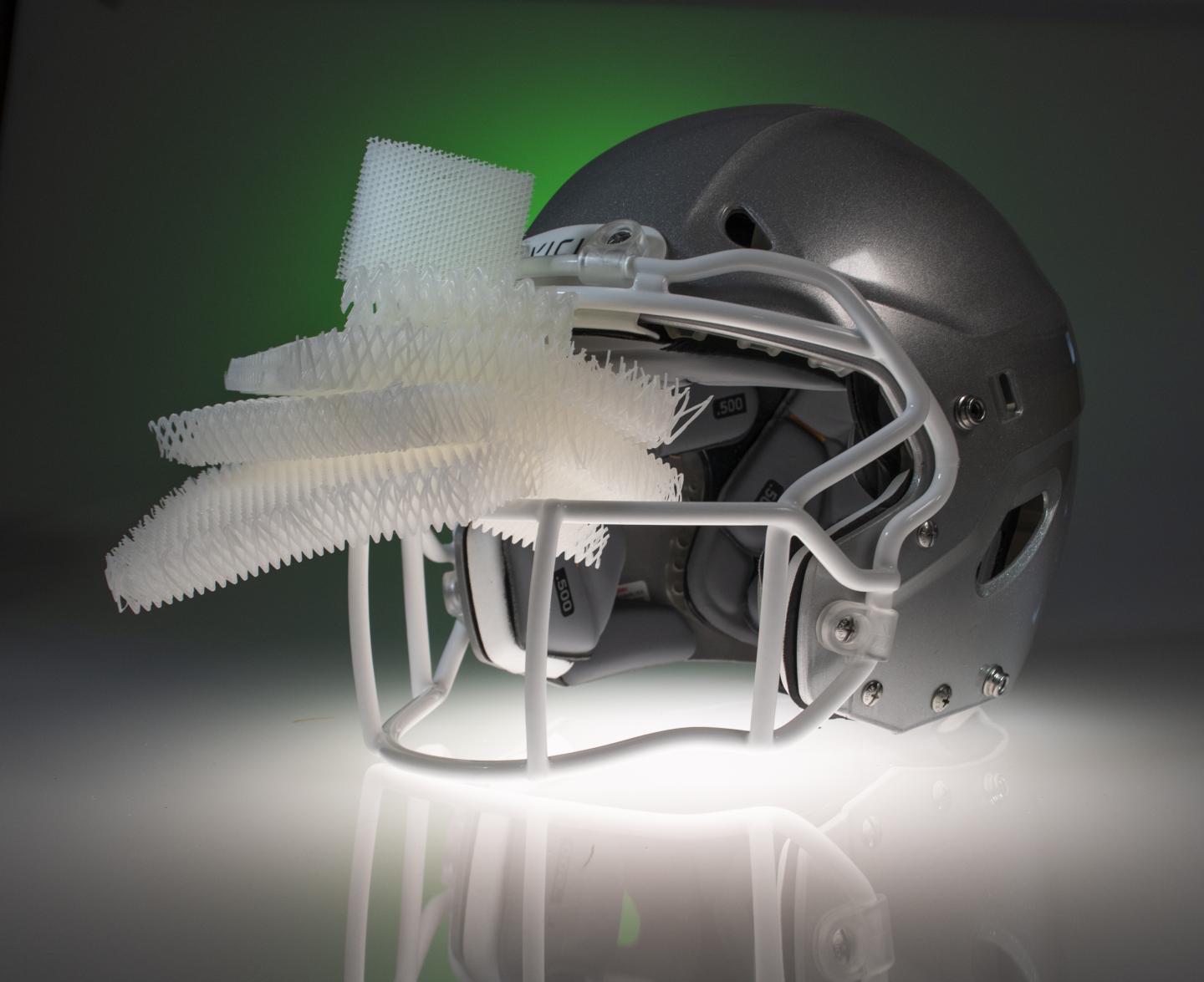New tech allows Western neuroscientists to study virtual reality through sound
When exploring virtual reality, most consider the simulation as a visual experience. New technology at Western University will allow neuroscientists and audiologists to investigate simulated spaces through sound. Ingrid Johnsrude, Director of Western’s renowned Brain and Mind Institute, and her collaborators at the School of Communication Sciences & Disorders and the National Centre for Audiology … Read more
